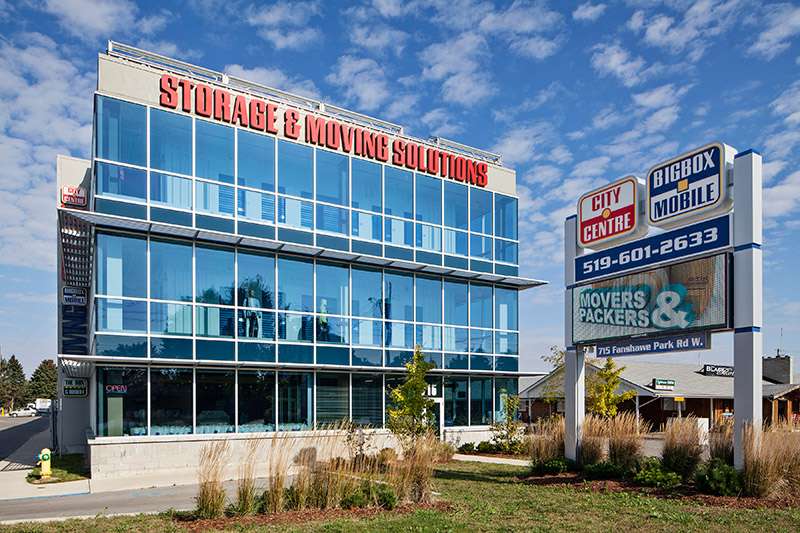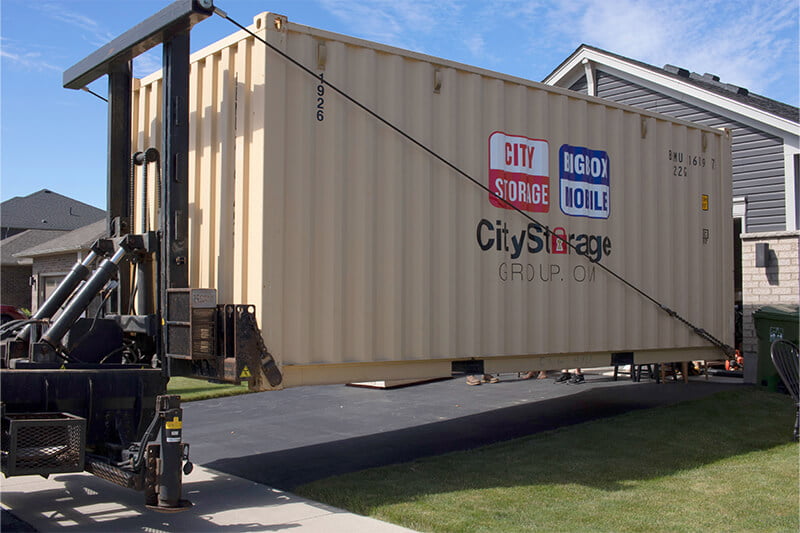When looking at self-storage options, you must often decide between climate-controlled vs standard storage. While climate-controlled units get a lot of attention for their advanced features, many people find that standard storage units provide the affordable, practical storage solution they need. But what is standard storage exactly, and when should you choose it?
This guide will walk you through the essentials of standard storage, highlight the differences compared to climate-controlled storage, and help you decide which option fits your needs best.
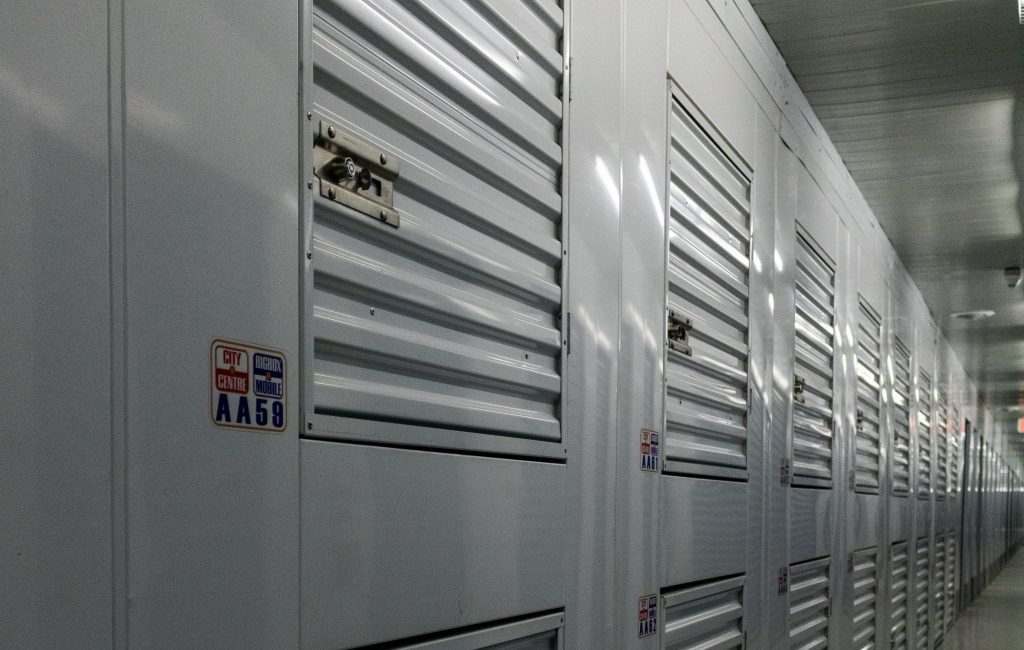

Understanding Standard Storage Units
Standard storage units, also known as traditional or non-climate-controlled storage, are the most common type of storage space offered by self-storage facilities. Typically located outdoors, these units often resemble garages and are highly accessible for loading and unloading.
While standard storage protects belongings from rain, snow, and direct sunlight, it does not regulate internal temperature or humidity. Therefore, outdoor units are subject to seasonal weather changes with internal conditions that can dip below freezing in winter or rise well above 100°F in the summer.
City Storage also offers interior standard storage lockers, which can help mitigate the effects of extreme temperatures but still offer cost savings when compared to climate-controlled units.
Our Ashland location provides a wide range of standard storage sizes, from small 5×5 lockers to large 10 x 20 spaces capable of holding vehicles or bulk furniture.
Key Features of Standard Storage
- Accessibility: Drive-up access makes it easy to park right at the door for quick loading and unloading.
- Size Options: Choose from a variety of unit sizes depending on your needs, whether a few boxes or large-scale business storage.
- Security Features: Many facilities offer gated access, surveillance cameras, and individual locks for enhanced security and peace of mind.
- Environmental Exposure: No air conditioning systems or HVAC systems, meaning no regulation of cool air, heat, or humidity. Outdoor units are subject to weather fluctuations.
- Affordability: Standard storage is generally the more cost-effective option compared to climate-controlled storage units.
What Can Be Stored in Standard Storage?
- Household appliances: Units like washers, dryers, ovens, refrigerators are built to handle temperature variations; just ensure they are cleaned and dried before storage.
- Metal tools and equipment: Resistant to heat and cold; a light coat of oil can prevent rust.
- Outdoor furniture: These items made of either plastic, resin, aluminum, wrought iron are designed for weather exposure, so indoor storage without climate control is sufficient.
- Seasonal yard equipment: Whether it is lawnmowers, snow blowers, or leaf blowers; engine-powered tools tolerate unheated storage; drain fuel and fluids beforehand.
- Bicycles and sporting equipment: From skis, hockey gear, camping gear, to weights; Made to endure varied environments; wipe clean to avoid moisture damage.
- Plastic storage bins and totes: Plastic is known to withstand temperature shifts; keep lids secure to prevent dust or pests.
- Dishes, cookware, and glassware: Being non-porous and unaffected by seasonal fluctuations is a good fit for standard storage; wrap for protection against breakage.
- Home décor items: Decorations like lamps, metal shelving, framed mirrors without sensitive artwork are generally unaffected by temperature and humidity.
- General household goods: Many of us have plenty of holiday decorations, non-delicate toys, and kitchenware that doesn’t fit in the cupboards; these are rugged everyday items that do not need climate regulation.
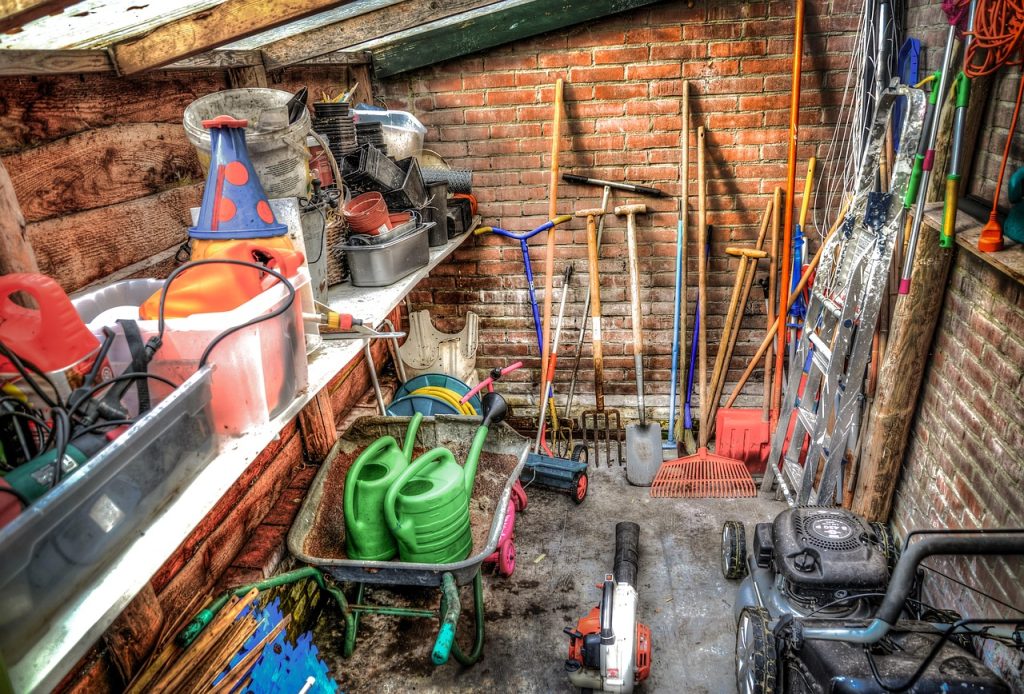



When You Might Need Climate-Controlled Storage
While standard storage units meet many everyday needs, certain temperature-sensitive items require extra protection. Climate-controlled storage uses air conditioning systems, air handlers, and heating, ventilation and air systems to maintain consistent conditions. This reduces the risk of mould, warping, and other damage.
- Wooden furniture
- Leather goods
- Electronics
- Antiques & collectibles
- Artwork & paintings
- Important documents & business records
- Fabrics, clothing, and photos
- Vinyl records, CDs, DVDs, and media collections
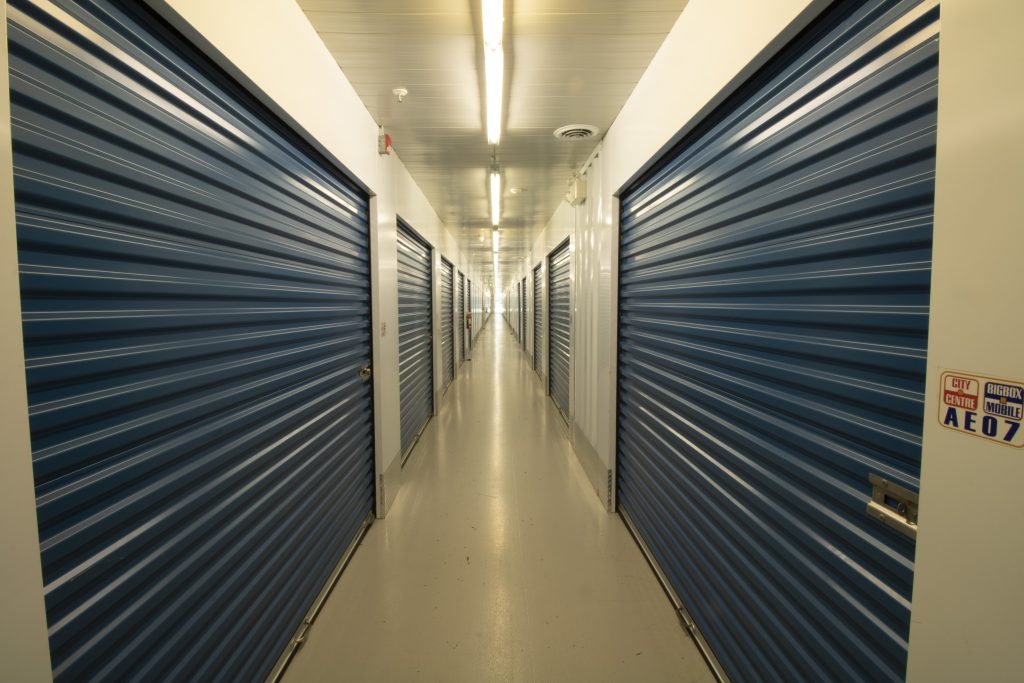

If you’re storing these items, or if you want extra peace of mind in extreme weather, climate-controlled storage may be the best choice. For a deeper dive, see our guide on Climate-Controlled Storage vs Standard Storage.
Standard Storage vs Climate-Controlled Storage: Which is Right for You?
The decision comes down to the type of belongings you’re storing and your budget:
- Choose Standard Storage if you need cost-effective storage solutions for sturdy items like tools, appliances, or seasonal equipment.
- Choose Climate-Controlled Storage if you’re storing temperature-sensitive items or want the added security of air-conditioned, dust-controlled, humidity-regulated spaces.
Either way, City Storage Group’s modern storage facilities in London, Ontario, offer both options so you can find the perfect fit for your situation.
Final Thoughts
Standard storage units remain one of the most practical and affordable storage solutions, especially for short-term or durable items. But if you’re storing valuable or delicate belongings, climate-controlled storage units with full air conditioning systems provide the ultimate protection and peace of mind.
At City Storage Group, we provide both standard storage and climate-controlled storage to fit your needs, whether you’re downsizing, relocating, or seeking secure business storage. Explore your options today and choose the storage space that works best for you.



